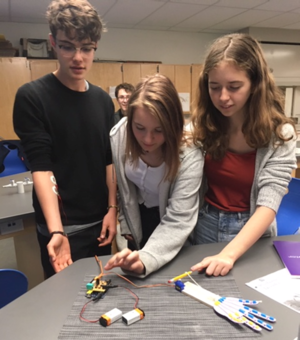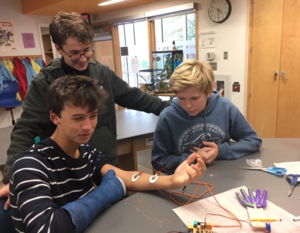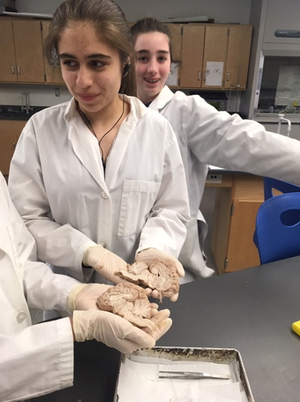A Competition about Brain Science
Approximately how many photoreceptors are there in a human eye? Which part of the brain produces memories of facts and is shaped like a seahorse? What process boosts the brain’s efficiency by increasing the speed at which a signal travels?
Students had to answer questions like these during the Third Brain Bee Challenge of the GISW on Thursday, January 9th. The winners will attend the Regional Brain Bee Competition in Washington DC at the end of January.
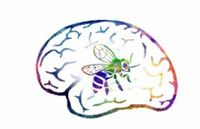
Have you heard of the “Brain Bee?”
No, it’s nothing dangerous, but it is something very challenging and infectious going on at the GISW.
On Thursday just after Christmas Break 11 brave competitors met in the science building for the GISW’s third Brain Bee Challenge.
Still don’t know what that is?
The International Brain Bee was launched in 1999 and is now a world-wide neuroscience competition for high school students. The Brain Bee motivates students to learn about the brain, it captures their imaginations and inspires them to pursue careers in neuroscience to help find cures for neurological and psychological disorders.

There are currently about 175 Local Chapter Brain Bee coordinators in more than 50 countries across 6 continents who conduct competitions annually. The winner of each local Chapter Bee is invited to attend their respective regional Brain Bee competition; and the winner of each regional Brain Bee is invited to compete in the International Brain Bee World Championship. The Championship takes place in a different country each year and this year will be held in Washington D.C., in conjunction with the APA Conference (https://convention.apa.org) in August 2020.
A Brain Bees tests one's knowledge of the human brain and includes such topics as intelligence, emotions, memory, sleep, vision, hearing, sensations, Alzheimer’s disease, Parkinson’s disease, stroke, schizophrenia, epilepsy, depression, addiction and other aspects of brain research. The local competitions use a question-and-answer format based on material from the Brain Facts book, downloadable free from the Internet.
(www.brainfacts.org › the-brain-facts-book) .
The championship competitions may also involve a neuroanatomy laboratory session with human brain tissue, as well as neuro histology with microscopes, brain imaging identification and patient diagnosis with patient actors.
So, who are the best Brain Bee competitors of the GISW?
The determining question in our school competition was: name a group of structures deep in the brain that help regulate emotion and motivation. For the answer, ask one of these competitors:
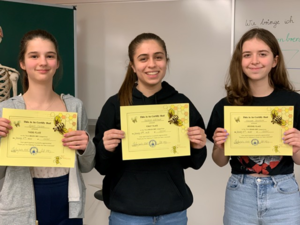
First Place: Natalie K., 11.Klasse
Second Place: Hannah D., 10.Klasse
Third Place: April T., 10.Klasse
Natalie and Hannah will represent our school at the DC Brain Bee on January 31st.
Congratulations to them and Good Luck!
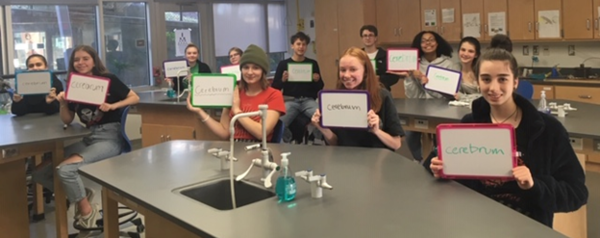
Do you want to know more?
Our GISW group (9th – 12th grade) meets every Thursday from 3:15 – 4:45pm in the multipurpose room of the science building with Ms. Colopy.
Steffi Colopy
(STEM-Coordinator)

